Ocean swell: Konstantin Grcic fits out yacht for sailing’s greatest challenge
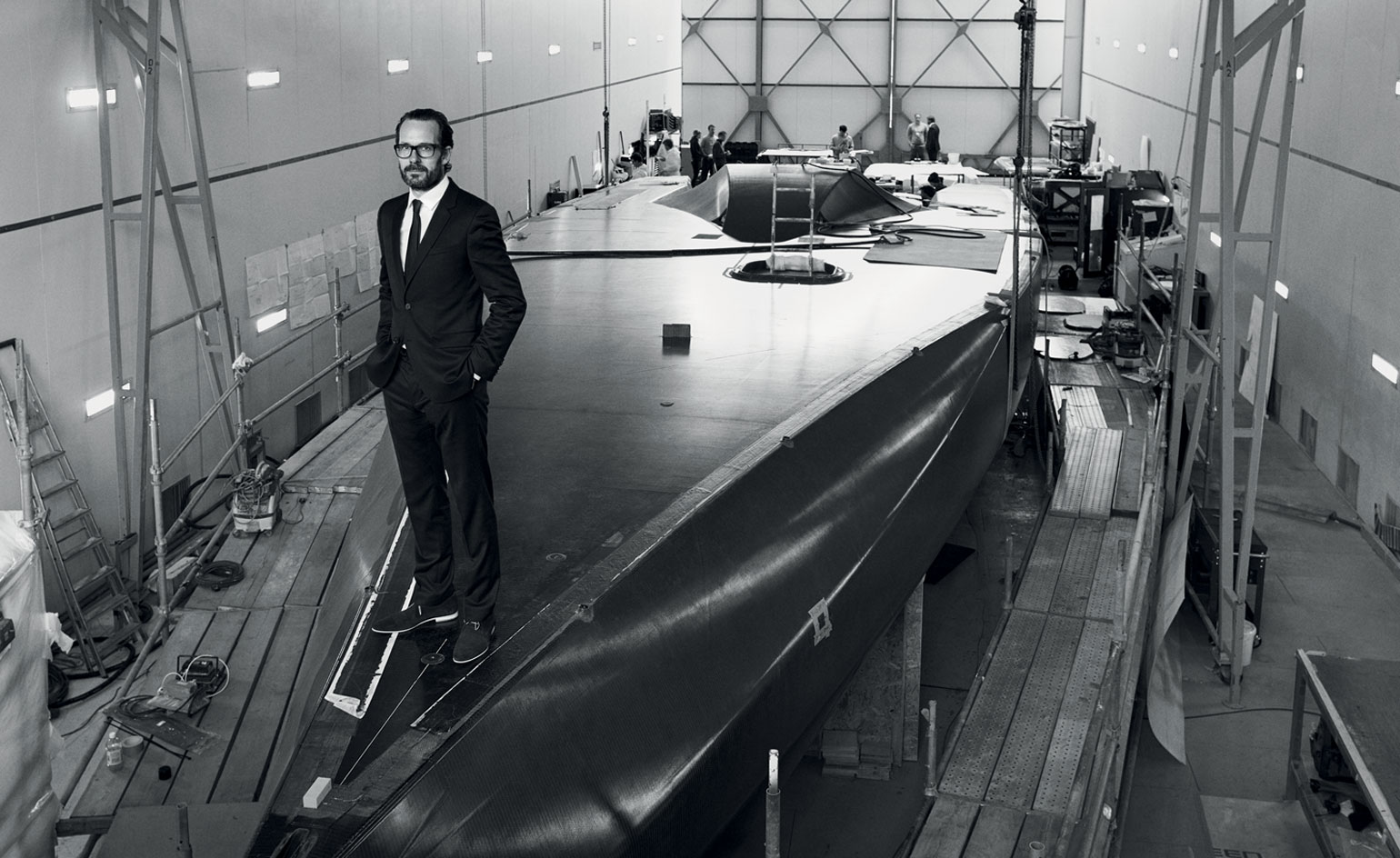
4416367709001
Konstantin Grcic at the bow of the Hugo Boss IMOCA 60 yacht, for which he has designed the branding and interiors. The unusual black hull relies on specialist paint by BASF that includes a reflective layer to avoid overheating.
Watch a 'behind-the-build' and interview with Grcic and Alex Thomson above
In nautical evolutionary terms, the modern racing yacht is the fittest and fastest. Competition creates a ruthless efficiency in boatbuilding, and the world’s oceans become testing grounds for advanced materials and new design. Most importantly, the sea is the toughest arena on the planet, and technology has to work seamlessly in what is the ultimate test of endurance.
Hugo Boss has supported ocean racing since 2003, when the German fashion brand became the sponsor of Alex Thomson Racing. British sailor Thomson, having won his first round-the-world race in 1999 (at 25, he was the youngest skipper ever to win such a competition), currently holds a clutch of distance records. He has competed in the gruelling Vendée Globe solo round-the-world race since 2004, coming in third in the 2012 event. The next Vendée Globe sets sail on 6 November 2016 and the 41-year-old skipper’s ambitions now rest on a remarkable new yacht that’s been hand-built on the south coast of the UK.
Informed and shaped by Thomson’s own extensive experience, and styled, inside and out, by long-standing Hugo Boss collaborator Konstantin Grcic, the yacht was built at Green Marine in Hythe, Hampshire, to specifications set out by IMOCA, in a process overseen at every stage by Thomson.
The Vendée Globe was founded in 1989 as the only non-stop, round-the-world race for the solo sailor. Typically, competitors spend between three and four months at sea, entirely alone and unable to set foot on dry land (otherwise they’re disqualified). The technical and physical challenge is immense.
While Grcic is creating the identity and branding that’ll announce Hugo Boss to the world, he’s also playing a critical product design role inside the hollow superstructure, where ballast, stores and equipment are squeezed in with Thomson’s ultra-compact living space. Making this space work well could essentially decide the outcome of the race.
Thomson has worked closely with Grcic to make this space as efficient as possible, building a wooden mock-up to explore every option. ‘Konstantin comes from a different area [of expertise] and has a different perspective,’ says Thomson, ‘but the boat has to be light. There’s no sink, no toilet, no conventional bunk. You have to prioritise what’s important,’ he says, likening the tiny cabin to like being inside a bass bin, with constant, ear-shattering noise and movement.
‘There’s no room for experimentation,’ says Grcic. ‘If something fails he has to be able to repair it while he’s racing.’
The boat’s livery is dominated by a big, bold Hugo Boss logo, as one might expect. ‘It’s strong and simple and fits well on a raceboat,’ says Grcic. The hull itself is black, an unconventional decision only realised with the use of a specialist dual-layer paint, originally intended for automotive applications, with an embedded reflective layer beneath a black surface to keep temperatures down.
This will be Thompson’s fourth attempt at the Vendée Globe. ‘As a sailor you want to go south, the Roaring Forties and Furious Fifties, where the waves are big and well spaced. It’s exhilarating and scary,’ says Thomson. ‘The Indian and Pacific Oceans are tough. You’re really isolated, thousands of miles from help. Your fierce competitor is also your best rescue squad. So there’s a strange bond you don’t see in other sports.’
Thomson is a breed apart, and he knows it. Fewer than 100 people have ever completed a solo round-the-world race. For Hugo Boss, the boat, the team and the race are a major marketing expense that is not without risk. ‘I’ve been allowed to build an extreme machine that’s just for me – it’s very ostentatious really. Its 20,000 individual pieces have all been handcrafted,’ Thomson says. ‘It’s an amalgamation of all the good things I’ve seen on boats in the last 12 years.’
Grcic’s livery will ensure the Hugo Boss IMOCA 60 cuts an impressive figure as it slices its way around the world; its low hull, 30m mast and 650 sq m of sails all create an impressive sight at speed. Few pieces of industrial design are so singularly focused as the racing yacht, and the stakes could not be higher. If all goes well though, Thomson, Grcic and Green Marine will have come together to create a boat that rules the waves.
For the unabridged version turn to page 122 of the September 2015 edition of Wallpaper* (W*198)
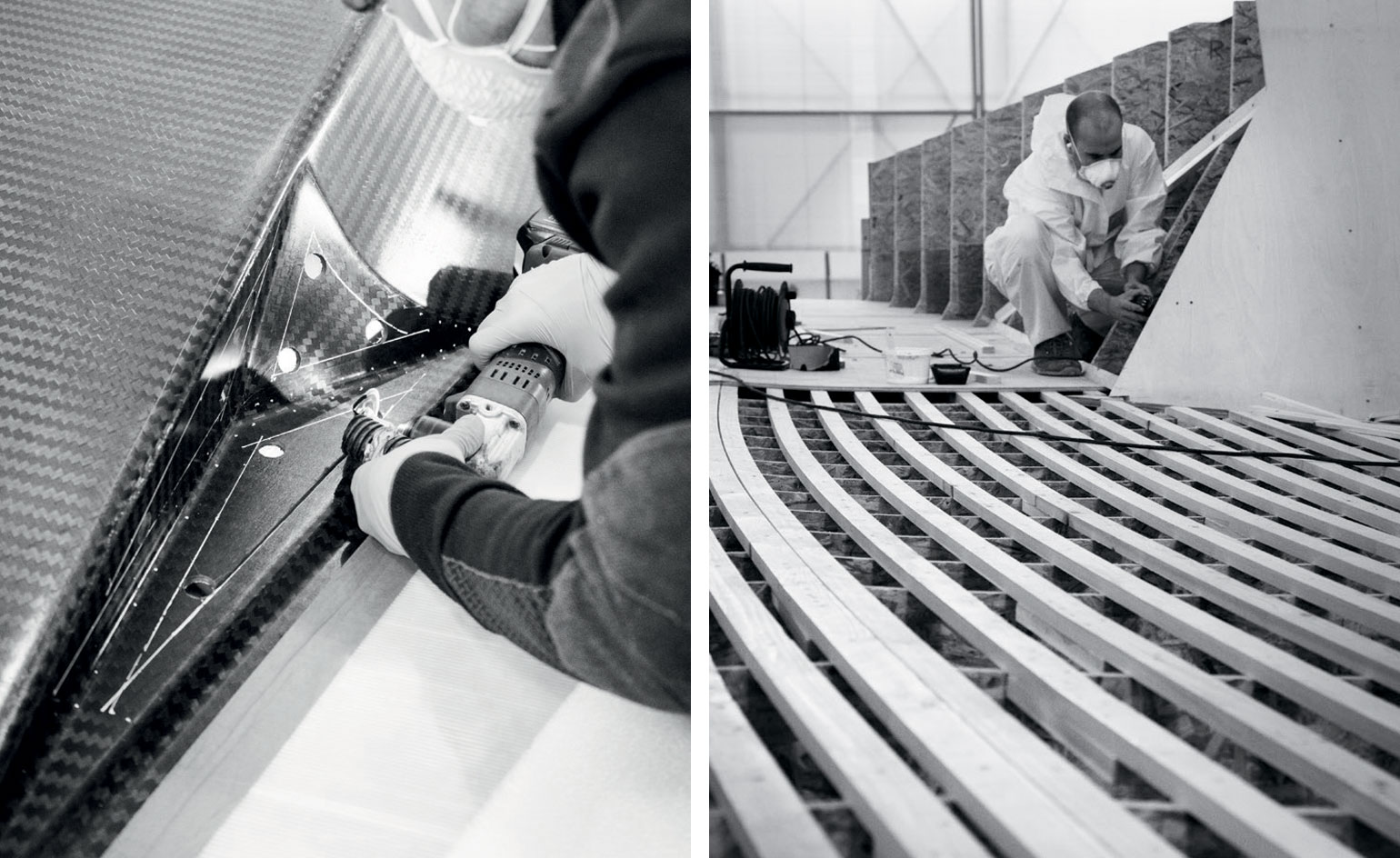
Boatbuilders at work on the Hugo Boss IMOCA 60 yacht at Green Marine's production facility near Southampton, on England's south coast

The hull, with its ultra-light sandwich carbon fibre construction, is hand finished
Receive our daily digest of inspiration, escapism and design stories from around the world direct to your inbox.
Jonathan Bell has written for Wallpaper* magazine since 1999, covering everything from architecture and transport design to books, tech and graphic design. He is now the magazine’s Transport and Technology Editor. Jonathan has written and edited 15 books, including Concept Car Design, 21st Century House, and The New Modern House. He is also the host of Wallpaper’s first podcast.
-
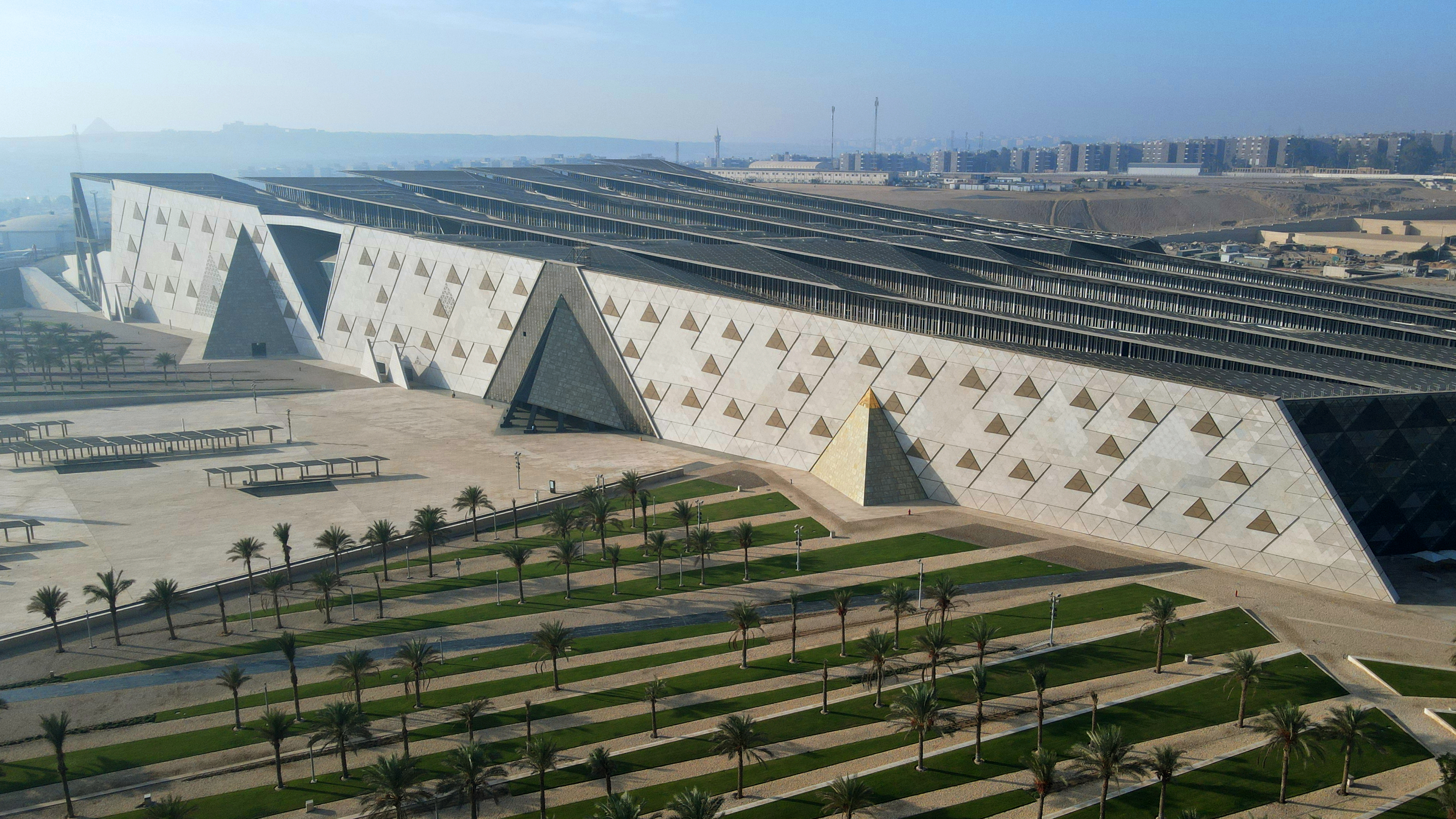 The Grand Egyptian Museum – a monumental tribute to one of humanity’s most captivating civilisations – is now complete
The Grand Egyptian Museum – a monumental tribute to one of humanity’s most captivating civilisations – is now completeDesigned by Heneghan Peng Architects, the museum stands as an architectural link between past and present on the timeless sands of Giza
-
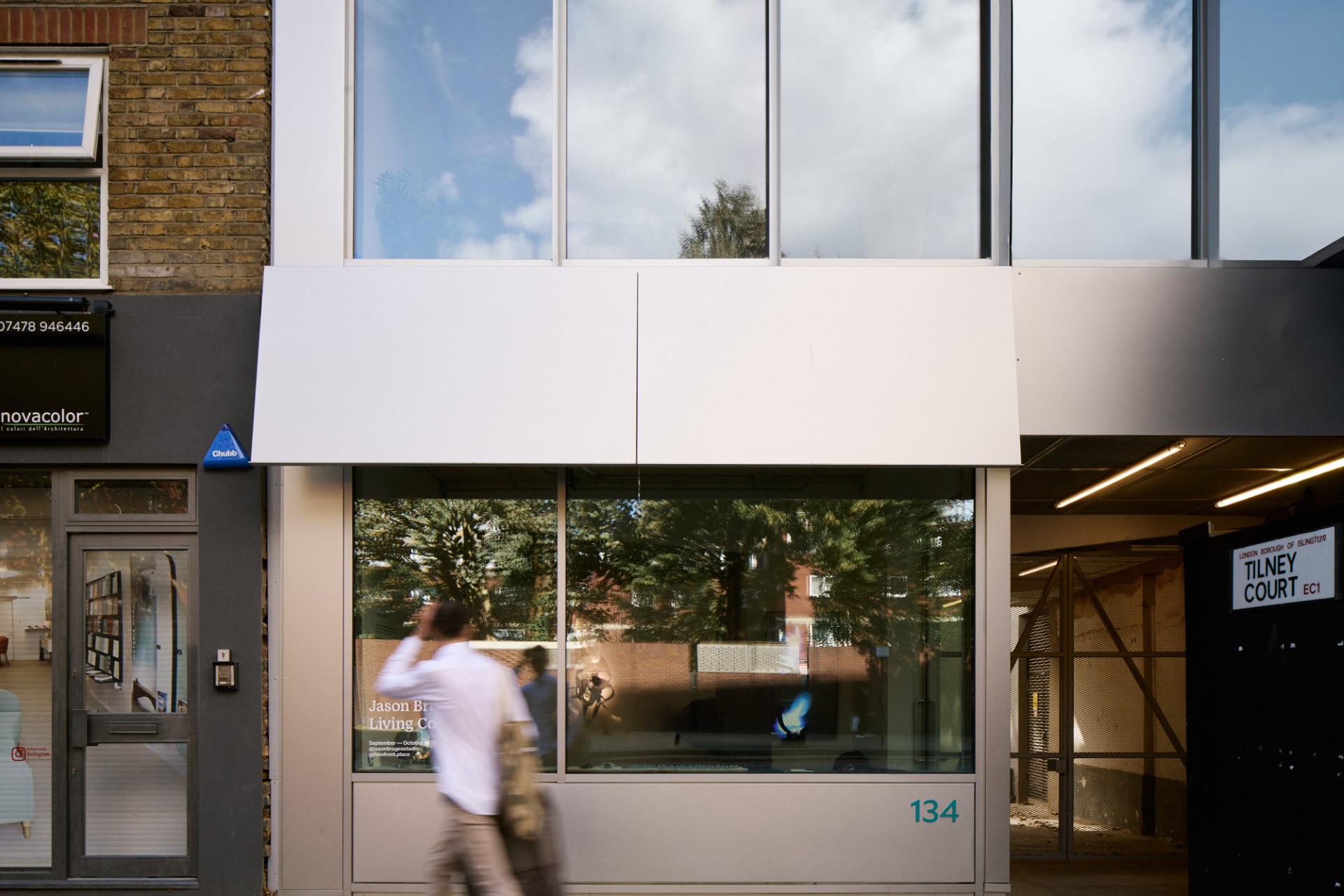 Meet Forefront, a cultural platform redefining the relationship between art and architecture
Meet Forefront, a cultural platform redefining the relationship between art and architectureForefront co-founder Dicle Guntas, managing director of developer HGG, tells us about the exciting new initiative and its debut exhibition, a show of lumino-kinetic sculptures in London
-
 Inside the work of photographer Seydou Keïta, who captured portraits across West Africa
Inside the work of photographer Seydou Keïta, who captured portraits across West Africa‘Seydou Keïta: A Tactile Lens’, an exhibition at the Brooklyn Museum, New York, celebrates the 20th-century photographer
-
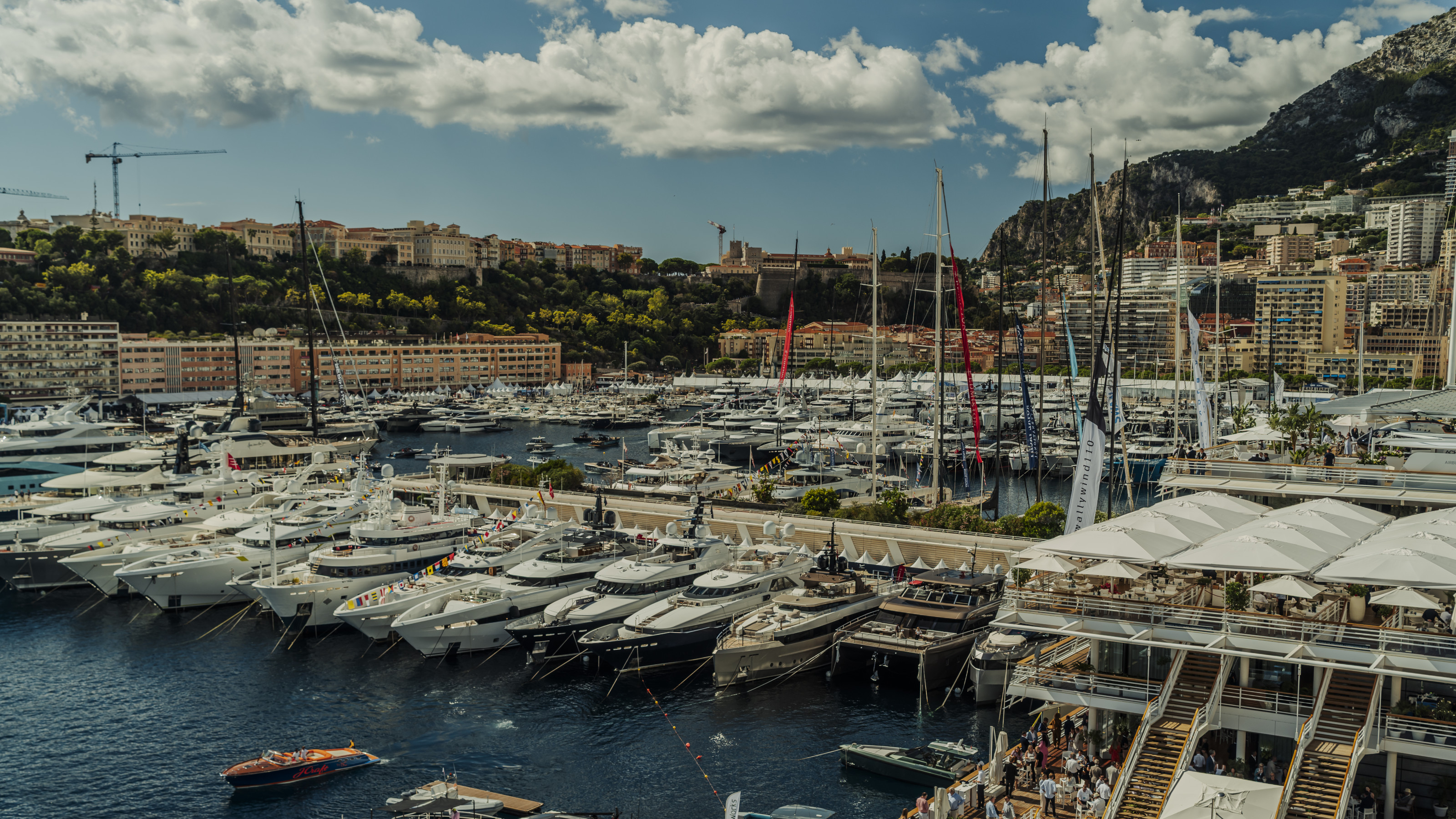 In Monaco, the world’s most famous yacht show up close
In Monaco, the world’s most famous yacht show up closeThe Monaco Yacht Show is one of the most famous annual celebrations of wealth and ostentation. What’s new in the world of floating ultra-luxury?
-
 Salone Nautico is Genoa’s answer to Monaco, a scaled down yacht show with a local focus
Salone Nautico is Genoa’s answer to Monaco, a scaled down yacht show with a local focusAhead of the nautical extravaganza that is the Monaco Yacht Show, a smaller, more focused event takes place in Genoa. It’s not all superyachts and conceptual experiments – we visited Salone Nautico to survey the scene
-
 Outlier I concept yacht by Foster + Partners is unlike anything else at sea
Outlier I concept yacht by Foster + Partners is unlike anything else at seaLateral Naval Architecture’s radical internal restructuring gives Foster + Partners’ concept the scale and grandeur of a gigayacht, with an interior volume like no other
-
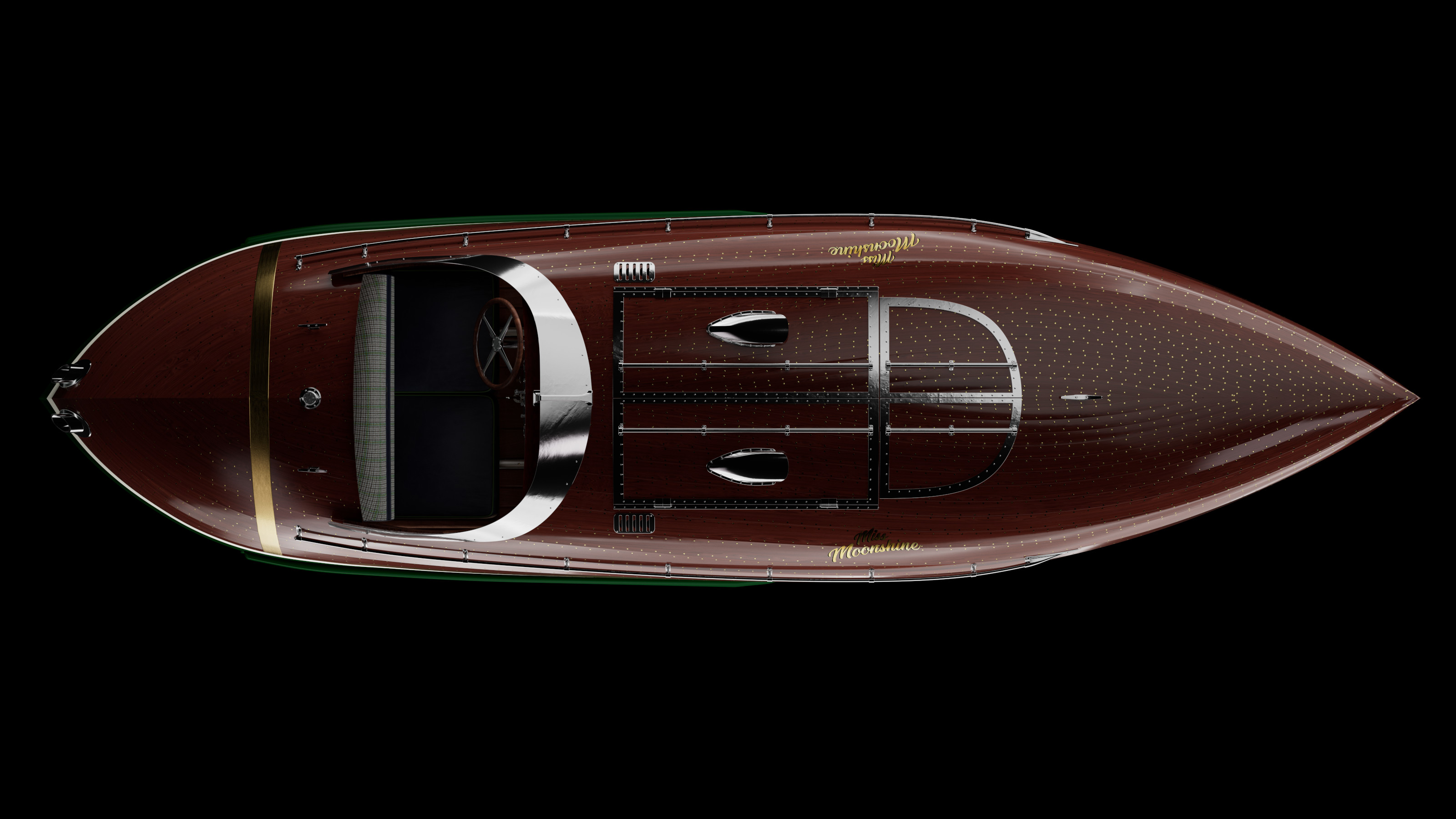 Boatbuilding meets Savile Row in this new collaboration between Huntsman x Fitzke
Boatbuilding meets Savile Row in this new collaboration between Huntsman x FitzkeMiss Moonshine is a speedboat that blends tweed, mahogany, and raw power with a heritage steeped in racing and smuggling
-
 Sanlorenzo presents three unique models at the British Motor Yacht Show
Sanlorenzo presents three unique models at the British Motor Yacht ShowThe Italian builder brings its largest-ever line up to the show, including an asymmetric yacht and a sporty entry-level vessel
-
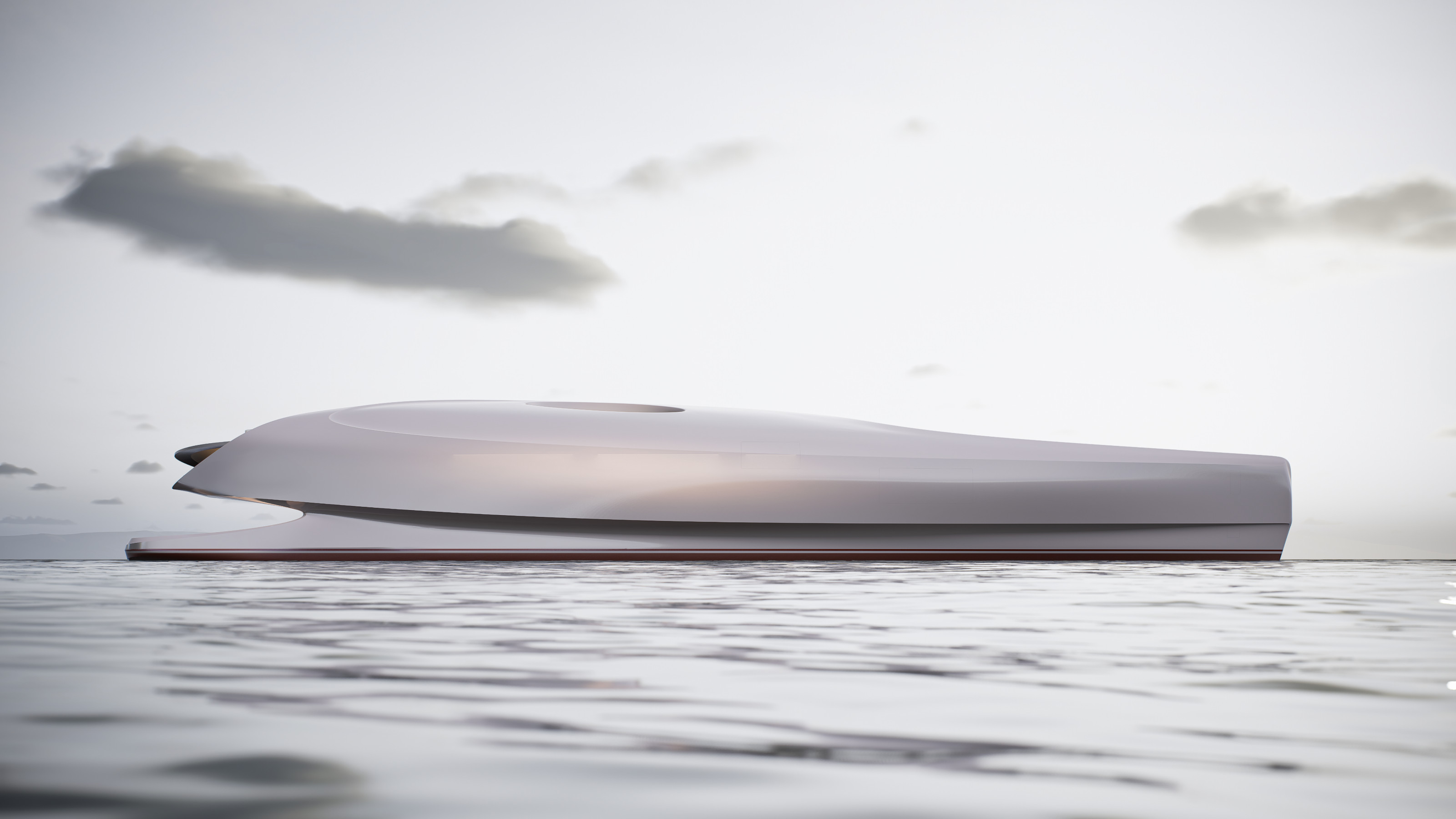 A new concept superyacht unfurls, courtesy of Vripack and Oceanco
A new concept superyacht unfurls, courtesy of Vripack and OceancoExplore Project Lily, a concept superyacht for a new generation of moneyed enthusiasts looking to push the envelope of nautical design
-
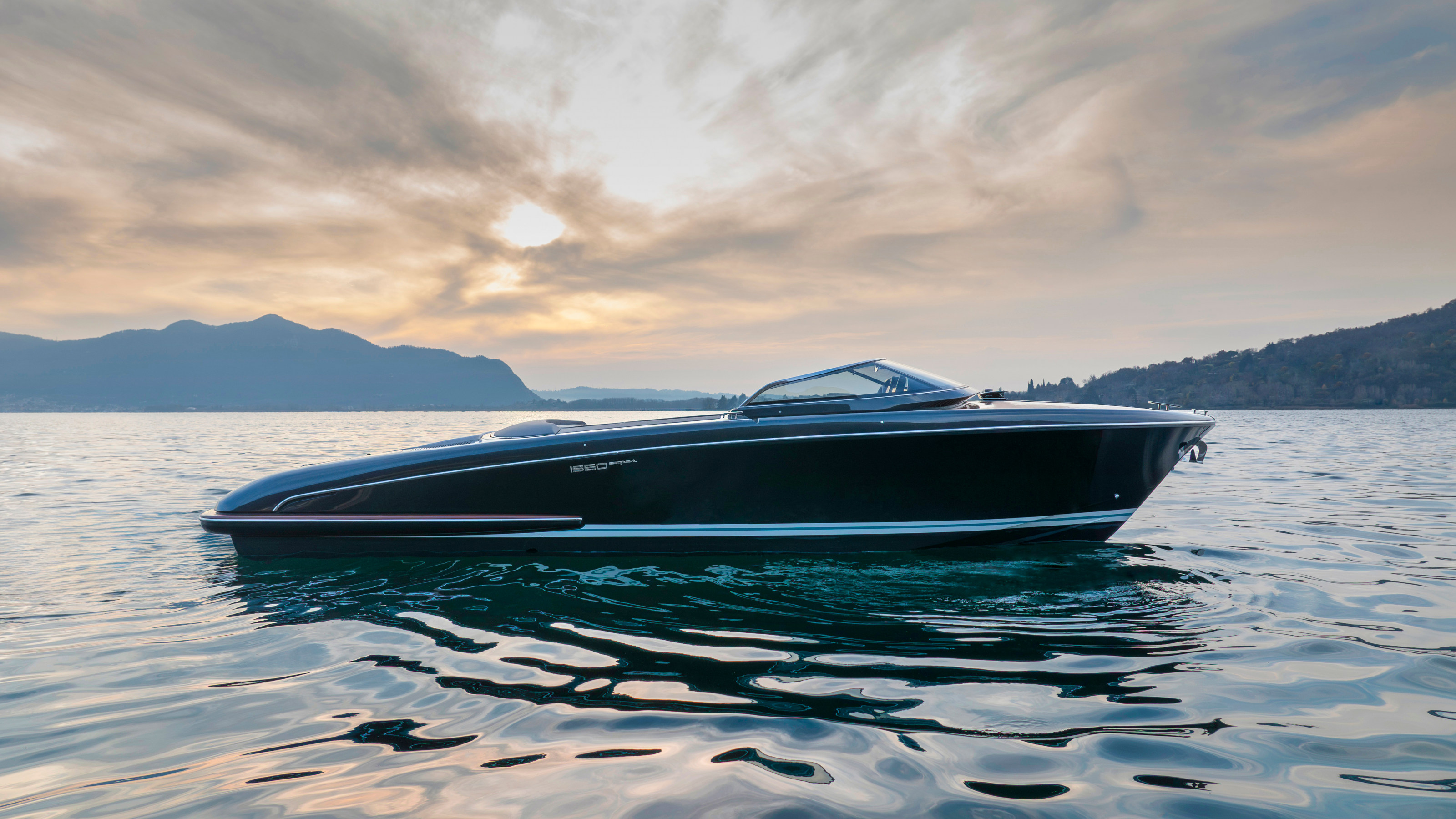 The new Riva Iseo Super continues the Italian manufacturer’s mastery of motorboat design
The new Riva Iseo Super continues the Italian manufacturer’s mastery of motorboat designA sleek 27-foot runabout, the Riva Iseo Super showcases the factors that make Riva synonymous with waterborne elegance and style
-
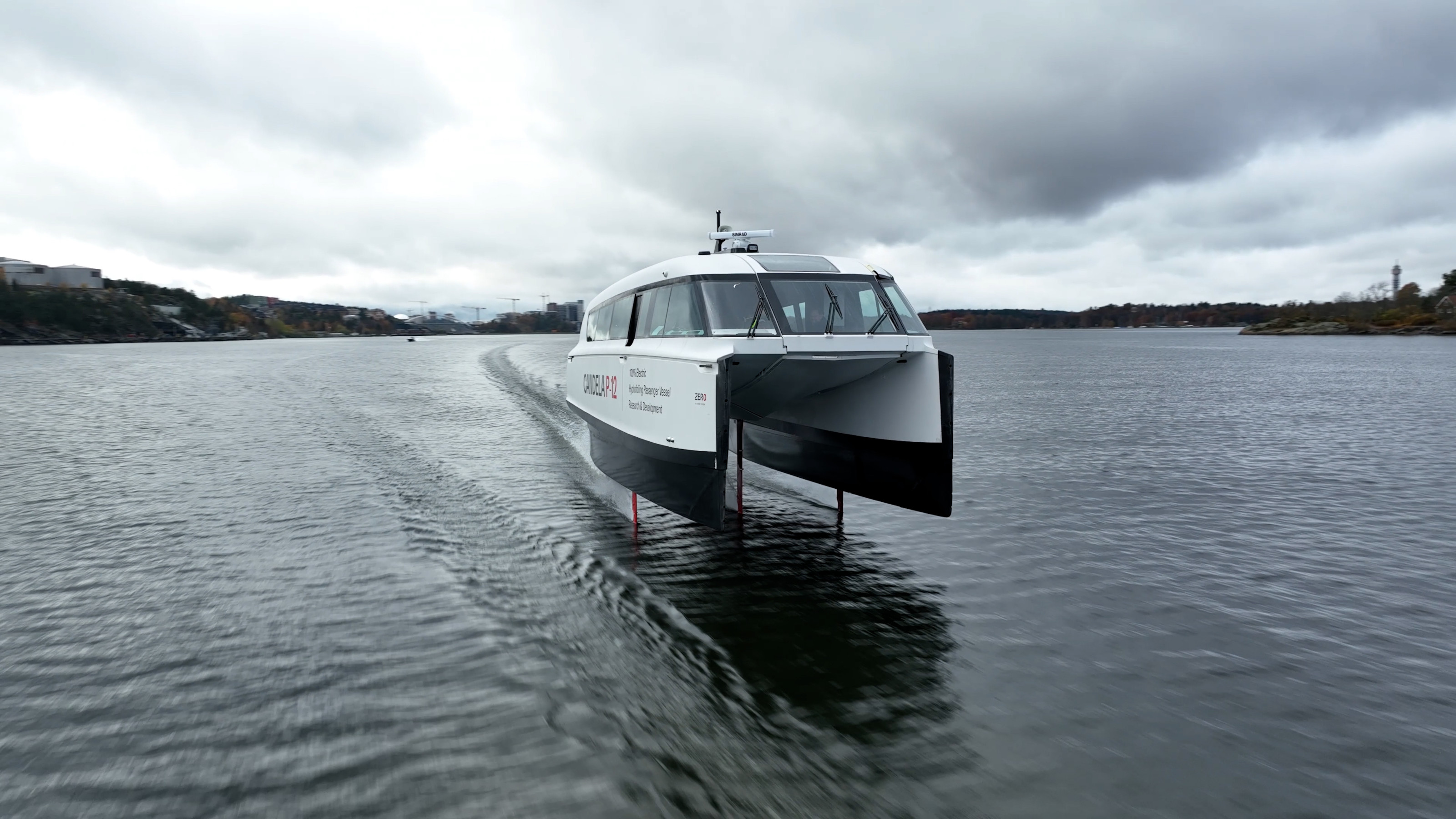 New wave: 11 electric boats for a nautical New Year
New wave: 11 electric boats for a nautical New YearFrom cutting-edge electric hydrofoils to elegant speedboats, here are some of the newest innovations to take to the waves